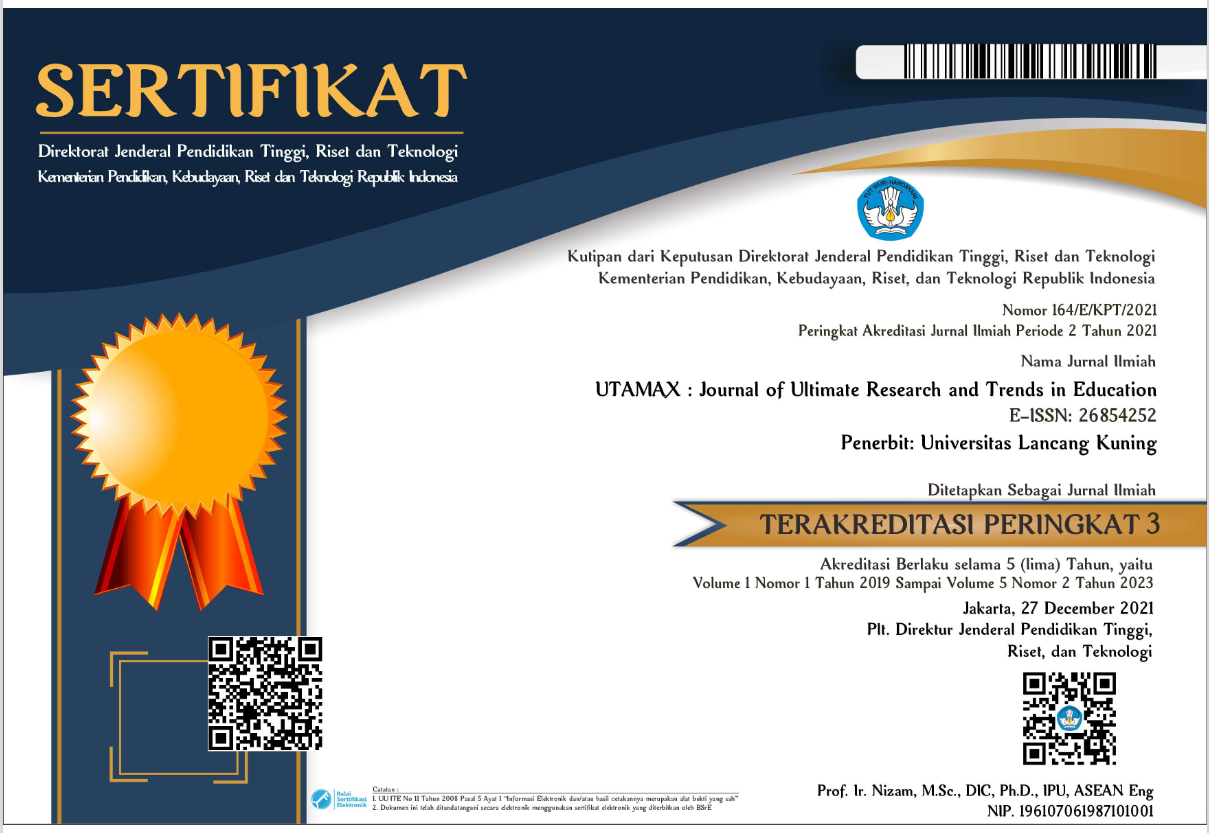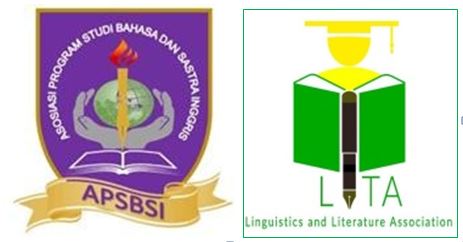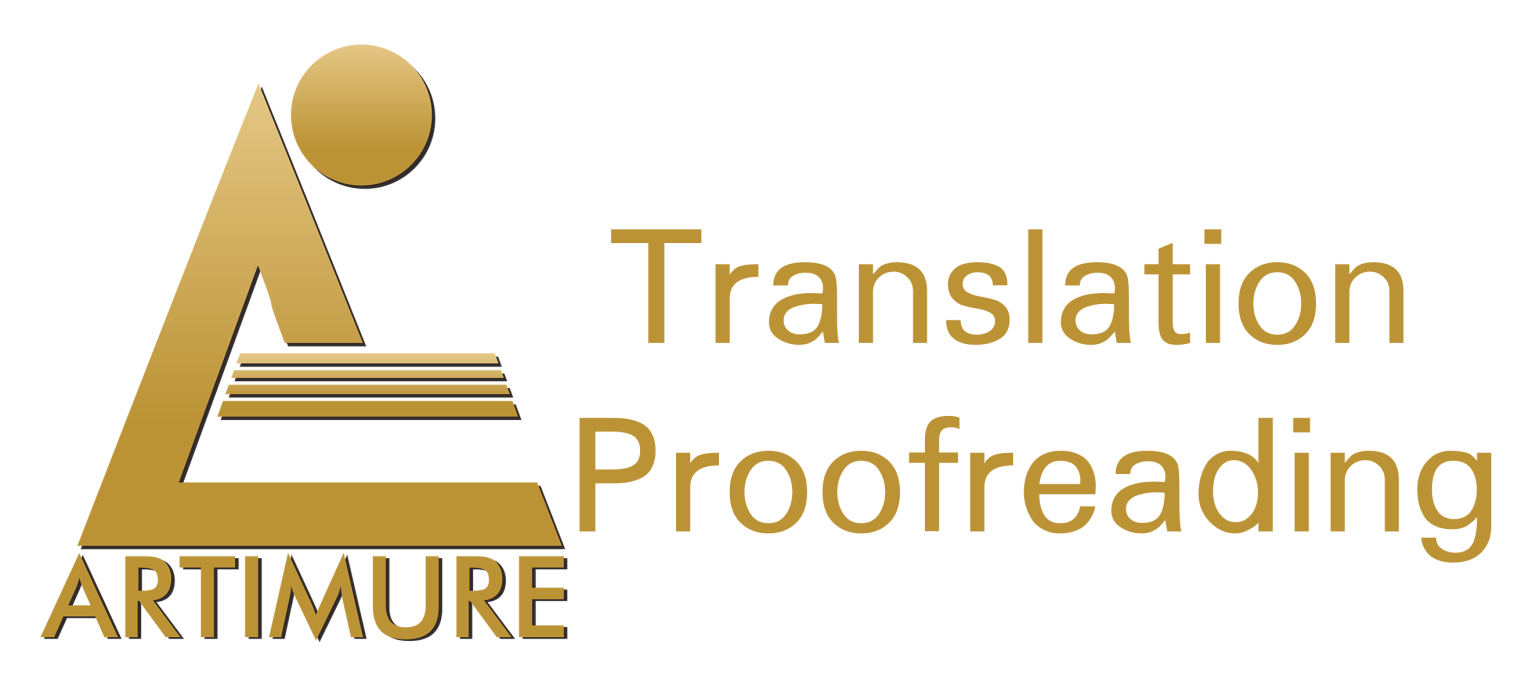Krashen's Monitor Model in L2 Acquisition: A Critical Review
Abstract
Stephen Krashen is well-known for a set of theories collectively known as the Monitor Model, which have made substantial contributions to the fields of language learning and writing. It is likely the most often quoted second language acquisition theory and has frequently dominated education discourse. Originally published around forty years ago, the Monitor Model contains a series of ideas which have evolved and are still debated today. Despite widespread criticism, the theory has had far-reaching effects on second language research and instruction since its inception. Controversies surrounding the Monitor Model propelled the discussion on what a theory of L2 acquisition ought to be. This paper evaluates Krashen's Monitor Model critically. It gives a thorough analysis of the model's underlying assumptions, explains each of the five hypotheses, and addresses objections to the theory based on relevant empirical evidence. It also evaluates some of Krashen's rebuttals to some of the objections made to his theories. The study reveals that despite the theoretical flaws, some of Krashen's fundamental assumptions appear to be valid. The research also concludes that Krashen's monitor model is still legitimate and relevant because its core concepts have survived in some form despite years of scathing criticism.
Downloads
References
Alahmadi, N. S. (2019). The role of input in second language acquisition: An overview of four theories. Bulletin of Advanced English Studies, 3(2). 70-78
Bailey, N., Madden, C., & Krashen, S. D. (1974). Is there a "Natural sequence” in adult second language learning? Language Learning, 24(2), 235-243. https://doi.org/10.1111/j.1467-1770.1974.tb00505.x
Berwick, R.C., & Weinberg, A.S. (1984). The grammatical basis of linguistic performance. Cambridge, MA: MIT Press.
Bialystok, E. (1979). Explicit and implicit judgements of L2 grammaticality. Language Learning, 29(1), 81-103. https://doi.org/10.1111/j.1467-1770.1979.tb01053.x
Block, D. (2003). The social turn in second language acquisition. Edinburgh University Press.
Brown, H. D. (2007). Principles of language learning and teaching (5th ed.). Addison Wesley Longman.
Brown, H. D. (2000). Principles of language learning and teaching (4th ed.). White Plains, NY: Addison Wesley Longman, Inc.
Brown, R. (1973). A first language: The early stages. Harvard University Press. http://dx.doi.org/10.4159/harvard.9780674732469
Chen, Y. Y. (2022). A review of research on Krashen’s SLA theory based on WOS database (1974-2021). Creative Education, 13(7), 2147-2156. https://doi.org/10.4236/ce.2022.137135
Chomsky, N. (2000). New horizons in the study of language and mind. Cambridge University Press.
Chomsky, N. (1968). Language and the mind. Harper and Row. https://doi.org/10.1037/e400082009-004
Chomsky, N. (1965). Aspect of the theory of syntax. MIT press.
Chomsky, N. (1959). Review of verbal behavior by B F Skinner. Language 35(1), 26-58. https://doi.org/10.2307/411334
Chomsky, N. (1957). Syntactic structures. De Gruyter Mouton. https://doi.org/10.1515/9783112316009
Cook, V. (1993). Linguistics and second language acquisition. Macmillan. https://doi.org/10.1007/978-1-349-22853-9
Dulay, H., & Burt, M. (1974). Natural sequences in child second language acquisition. Language Learning, 24(1), 37-53. https://doi.org/10.1111/j.1467-1770.1974.tb00234.x
Ellidokuzoglu, H. (2008). Beyond the monitor model. International Journal of Foreign Language Teaching, 4(1), 6–18.
Ellis, R. (2003). Task-based language learning and teaching. Oxford University Press.
Ellis, R. (1994). The study of second language acquisition (Oxford Applied Linguistics). Oxford University Press.
Entwistle, T. (2021). The monitor model: A critique of its concepts and impact. Korea TESOL Journal, 16(2), 127-138.
Fry, C. (2018). Second language acquisition - Krashen and his critics. University Study Document - Anth 6800. California State University.
Gass, S. M., & Selinker, L. (1994). Second language acquisition: An introductory course. Lawrence Erlbaum Associates Publishers.
Gass, S. M., & Selinker, L. (2008). Second language acquisition: An introductory course (3rd ed.). Routledge.
Gitsaki, C. (1998). Second language acquisition theories: Overview and evaluation. Journal of Communication and International Studies, 4(2), 89-98.
Gleitman, L. R., Newport, E. L., & Gleitman, H. (1984). The current status of the motherese hypothesis. Journal of Child Language, 11(1), 43-79. https://doi.org/10.1017/s0305000900005584
Gregg, K. R. (1984). Krashen's monitor and Occam's razor. Applied linguistics, 5 (2), 79-100. https://doi.org/10.1093/applin/5.2.79
Hakuta, K., & Cancino, H. (1977). Trends in second-language-acquisition research. Harvard Educational Review, 47(3), 294-316. https://doi.org/10.17763/haer.47.3.e03v062m64745872
Hawkins, R. (2019). How second languages are learned. Cambridge University Press.
Heath, S. B. (1983). Ways with words: Language, life and work in communities and classrooms. Cambridge University Press. https://doi.org/10.1017/cbo9780511841057
Jegerski, J. (2021). Krashen and second language processing. Foreign Language Annals, 51, 318-323. https://doi.org/10.1111/flan.12557
Jordan, G. (2004). Theory construction in second language acquisition. John Benjamins Publishing. https://doi.org/10.1075/lllt.8
Kamal, A. (2022). Critical appraisement of Monitor Model. Research Journal in Advanced Humanities, 3(1). 64-74. https://doi.org/10.58256/rjah.v3i1.766
Kasap, S., & Peterson, R. (2018). An interview on the role of input in second language learning. Learning Journal of Education and Practice, 9(13), 81-87.
Krashen, S. (2010). The Goodman-Smith hypothesis, the input hypothesis, the comprehension hypothesis and the (even stronger) case for free voluntary reading. In P. Anders (Ed.), Defying convention, inventing the future in literacy research and practice: Essays in tribute to Ken and Yetta Goodman (pp. 56–99). Routledge.
Krashen, S. D. (1999). Seeking a role for grammar. A review of some recent studies. Foreign Language Annals, 32, 245-254. https://doi.org/10.1111/j.1944-9720.1999.tb02395
Krashen, S. (1985). The input hypothesis: Issues and implications. Laredo Publishing Company.
Krashen, S. D., & Terrell, T. D. (1983). The natural approach: Language acquisition in the classroom. Prentice Hall International English Language Teaching.
Krashen, S. (1982). Principle and practice in second language acquisition. Pergamon Press.
Krashen, S. (1981). Second language acquisition and second language learning. Pergamon Press.
Krashen, S., Houck, N., Giunchi, P., Bode, S., Birnbaum, R., & Strei, G. (1977). Difficulty order for grammatical morphemes for adult 2nd language performers using free speech. Tesol Quarterly, 11(3), 338-341.
Kurniawati, N. (2021). Understanding Krashen hypothesis of second language acquisition: A case study of a polyglot. International Journal of Language Education and Culture Review, 7(1), 83-89. https://doi.org/10.21009/IJLECR.071.08
Lai, W., & Wei, L. (2019). A critical evaluation of Krashen’s monitor model. Theory and Practice in Language Studies, 9(11), 1459-1464. https://doi.org/10.17507/tpls.0911.13
Larsen-Freeman, D., & Long, M. (1991). An introduction to second language acquisition research. Longman.
Larsen‐Freeman, D. (1975). The acquisition of grammatical morphemes by adult ESL students. TESOL Quarterly, 9(4), 409–430.
Latifi, M., Ketabi, S., & Mohammadi, E. (2013). The comprehension hypothesis today: An interview with Stephen Krashen. Electronic Journal of Foreign Language Teaching, 10(2), 221-233.
Lichtman, K., & VanPatten, B. (2021). Was Krashen right? Forty years later. Foreign Language Annals, 54(2), 283-305. https://doi.org/10.1111/flan.12552
Lightbown, P. M., & Spada, N. (2006). How languages are learned (3rd ed.). Oxford University.
Liu, D. (2015). A critical review of Krashen’s input hypothesis: Three major arguments. Journal of Education and Human Development, 4(4), 139–146. doi:10.15640/jehd.v4n4a16
Long, M. H. (1996). The role of the linguistic environment in second language acquisition. Handbook of Second Language Acquisition, 2, 413-468. https://doi.org/10.1016/b978-012589042-7/50015-3
Long, M. H. (1990). The least a second language acquisition theory needs to explain. TESOL Quarterly, 24(4), 649-666. https://doi.org/10.2307/3587113
Long, M. H. (1983). Linguistic and conversational adjustments to non-native speakers. Studies in Second Language Acquisition, 5(2), 177-193. https://doi.org/10.1017/s0272263100004848
McLaughlin, B. (1990). “Conscious” versus “Unconscious” learning. TESOL Quarterly, 24(4), 617–634. https://doi.org/10.2307/3587111
McLaughlin, B. (1987). Theories of second language learning. Edward Arnold.
McLaughlin, B. (1978). The monitor model: Some methodological considerations. Language Learning, 28(2), 309-332. https://doi.org/10.1111/j.1467-1770.1978.tb00137.x
Mitchell, R., & Myles, F. (2004). Second language learning theories (2nd ed.). Arnold.
Newport, E., Gleitman, H., & Gleitman, L. (1977). Mother, I’d rather do it myself: Some effects and non-effects of maternal speech style. In C. E. Snow & C. A. Ferguson (Eds.), Talking to children (pp. 109–149). Cambridge University Press.
Ortega, L. (2007). Second language learning explained? SLA across nine contemporary theories. In B. VanPatten, & J. William (Eds.), Theories in second language acquisition: An introduction (pp. 245-272). Lawrence Erlbaum Associates.
P'Rayan, A. (2016). One on one interview with Professor Stephen Krashen. The Journal of English Language Teaching (India), 2(5), 31-34.
Politzer, R. (1961). Teaching French: An introduction to applied linguistics. Ginn.
Rebuschat, P. (Ed.). (2015). Implicit and explicit learning of languages (Vol. 48). John Benjamins Publishing Company. . https://doi.org/10.1075/sibil.48.003int
Rubin, J. (1975). What the "Good language learner" can teach us. TESOL Quarterly, 9(1), 41-51. https://doi.org/10.2307/3586011
Skinner, B. F. (2005). Science and human behavior. Pearson Education.
Skinner, B. F. (1957). Verbal behavior. Appleton-Century-Crofts. https://doi.org/10.1037/11256-000
Schmidt, R. W. (1990). The role of consciousness in second language learning. Applied Linguistics, 11(2), 129-158. https://doi.org/10.1093/applin/11.2.129
Schwartz, B. D. (1993). On explicit and negative data effecting and affecting competence and linguistic behavior. Studies in Second Language Acquisition, 15(2), 147-163. https://doi.org/10.1017/s0272263100011931
Swain, M. (1995). Three functions of output in second language learning. In G. Cook, & B. Seidlhofer (Eds.), Principle and practice in applied linguistics: Studies in honour of H. G. Widdowson (pp. 125-144). Oxford University Press.
Swain, M. (1985). Communicative competence: Some roles of comprehensible input and comprehensible output in its development. In S. Gass & C. Madden (Eds.), Input in second language acquisition (pp. 235–253). Rowley, MA: Newbury House.
VanPatten, B., Keating, G. D., & Wulff, S. (2020). Theories in second language acquisition (3rd ed.). Routledge.
VanPatten, B., & Williams, J. (2015). Early theories in SLA. In B. VanPatten & J. Williams (Eds.), Theories in second language acquisition: An introduction (2nd ed., pp. 17–35). Routledge.

This work is licensed under a Creative Commons Attribution-ShareAlike 4.0 International License.








